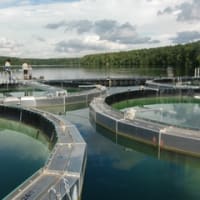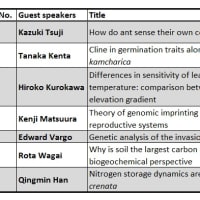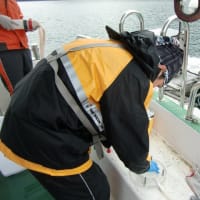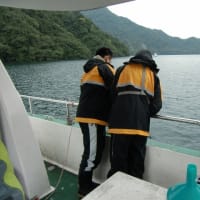あした、ASLOで発表します。
古典的なfunctional responseを安易に使うのはやめましょう、というはなしです。
消費者個体間の相互作用を無視したfunctional responseでは、「資源(prey)が多い所では消費者(predator)も多い」という基本的な空間パターンすら再現できません。あさ9:45からです。ASLOにお越しの方は見に来て下さい。
Miki, T., National Taiwan University, Taipei, Taiwan ROC
TROPHIC INTERACTIONS MEDIATED BY NON-RANDOM FORAGING BEHAVIOR AND AGGREGATED DISTRIBUTION OF MICROBES ARE IMPORTANT FOR MODELING MARINE PELAGIC FOOD WEBS
Marine pelagic microbial food web models often assume Holling Type functional response for describing trophic interactions between resource and consumer. However, such models cannot reproduce a general and simple observed pattern in a food chain, i.e., the positive correlation between resource and consumer abundance along gradient of productivity. In order to resolve this problem by deriving a new functional response, I explicitly consider non-random foraging behavior and aggregated distributions of microbes. I assume that body size of consumer is smaller than resource size and that multiple individuals of consumer attach to and detach from a single resource particle (individual). This new functional response is applicable to interactions such as those between sinking particles and bacteria and those between bacteria and bacteriophages. A food chain model with this new functional response can better explain the observed pattern in deep oceans. Such a mechanistic approach would be a new path to improve modeling marine microbial food webs, through linking micro-scale processes (interactions between individuals) into macro-scale patterns and processes (food chain structure and material fluxes along them).
Oral presentation
Session #:SS04
Date: 7/12/2012
Time: 09:45




















※コメント投稿者のブログIDはブログ作成者のみに通知されます